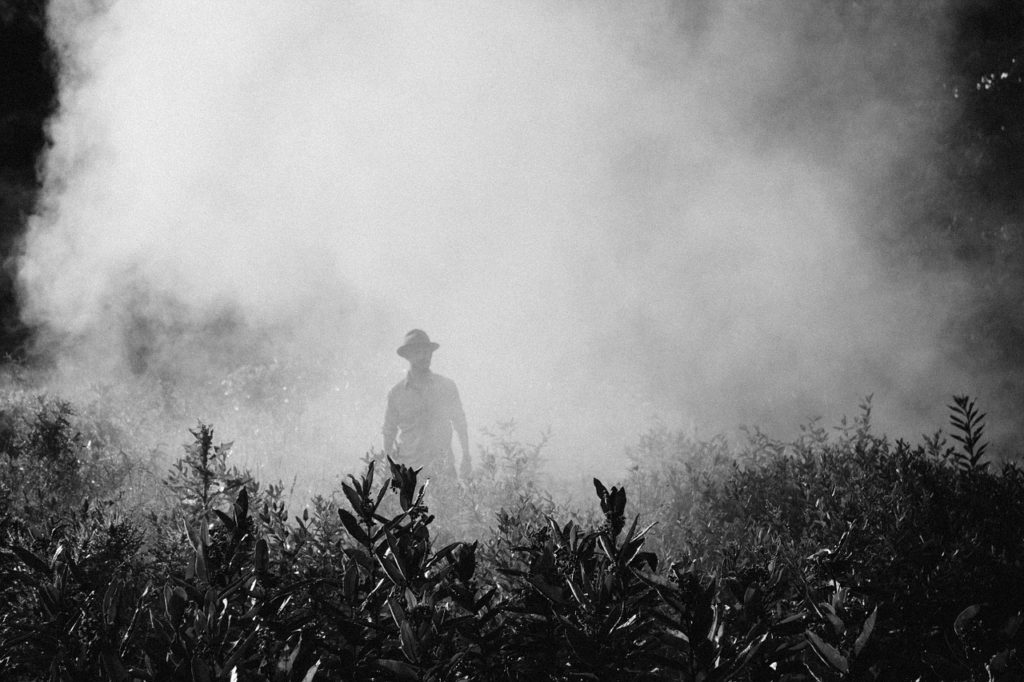Agrochemicals Sector accounts for synthetically produced crop protection chemicals. They are also used to enhance or improve plant growth and fertility. Herbicides are used for plant-killing, fungicides are used for fungal killing, and insecticides are used for insect killing.
The global agrochemicals sector was valued at USD 381.4 billion in the year 2017. This segment of the chemical industry is projected to reach USD 458.5 billion by 2025. The Canadian demand for agrochemicals is expected to increase at a compound annual growth rate of 2.3% during the 2020-2025 period. Agrochemicals have a wide range of applications in enhancing crop yields. The growing demand for crop protection chemicals, such as fungicides, herbicides, and insecticides, is expected to be the biggest driver of the agrochemical industry over this period.
The demand for agrochemicals is expected to be the highest in the Asia Pacific. The region is known for its agro-based countries such as India, Sri Lanka, and China. These countries are majorly dependent on agriculture and related industries for economic growth.
Segmentation for Canadian Agrochemicals Sector
The consumption of cereals, fruits, and vegetables in Canada has increased the demand for healthy diets. The need to enhance crop yield has resulted in an integration between farmers, federal governments, and industries. The country aims at meeting its food requirements ensuring no negative impact on the ecological balance and human safety.
Fertilizers dominated the global agrochemicals sector in the year 2016. Nitrogenous and phosphate fertilizers constitute the largest share of the fertilizers market. These chemicals are widely used due to their easy availability and low cost. The market for pesticides is currently spearheaded by herbicides, followed by fungicides and insecticides. The new trend of organic farming has, however, increased the demand for biofertilizers. Organic farming involves the complete elimination of chemical-based fertilizers.
Agriculture is one of the most significant economic sectors in Canada. It has become important to increase agricultural productivity due to a substantial rise in population and a reduction in arable land. Preventing crop damage is essential to increase agricultural efficiency. These are some of the factors driving the Canadian crop protection market. Canadian customers have become aware of the harmful effects of synthetic pesticides on the food consumed. This has enhanced the demand for natural alternatives to suppress the population of pests. Over the years, farmers have shifted to biopesticides to increase crop protection.
The Canadian agrochemicals sector generated employment for nearly 7,000 people in the year 2019. Canada’s industrial chemical sector adds value to raw materials such as natural gas, crude oil, minerals, and metals by transforming them into goods that can be incorporated into other parts of the industry. The country imports more agrochemicals than it exports. The Canadian agrochemicals export was valued at USD 1.07 billion in the year 2019. The United States and Mexico are the top importers for Canadian agrochemicals. The value of imports in the country was USD 3.07 billion during the same year.
Key players
Many market players and businesses have entered the sector, given the large operational area and the never-ending need of the agrochemical industry. The industry is concentrated on six major producers, covering most of the market share. Yara International ASA, BASF, Bayer Crop Science, Makhteshim Agan Industries Ltd, Dow Agro Sciences, Monsanto, Syngenta, Agrium, CF Industries Holdings, Potash Corporation, and others are some of the big names.
Chinese-owned firm Syngenta was the top agrochemical company worldwide in 2018 based on revenue of USD 7.2 billion. The Canadian fertilizer firm Nutrien (the result of a merger between PotashCorp and Agrium) was one of the world’s largest agrochemical firms as of 2019, based on market capitalization.
Monsanto was one of the world’s biggest and most well-known agrochemical and biotechnology firms. As of June 2018, an agreement to take over Monsanto was completed by Bayer and their revenue was USD 2.26 billion.
The emergence of new pests and diseases, leading to crop failure, is driving the market for pest control products. Increasingly, consumers are searching for tailored and productive strategies to increase yield. The conservation of crops is therefore a key strategy adopted by farmers to minimize crop damage and increase productivity. The yield of soybeans was 29,557 kg/ha in the year 2016, which decreased to 26,293 kg/ha in 2017. This was primarily attributed to the infestation of soybean aphids and two-spotted spider mites from two famous pests (TSSM).
Through the large application of pesticides, which helped to recover the crops, the pest incidence was mitigated. BASF also released the essential insecticide, Sefina, for use in Canadian soybeans and potatoes in 2019. To quickly avoid aphid feeding, minimize production losses and virus transmission, Sefina utilizes a specific mode of action, Group 9D active ingredient Inscali.
The use of agricultural chemicals such as pesticides is strongly criticized, although the functions performed by these products are very significant. Diseases such as Parkinson’s, asthma, and leukemia have been associated with long-term exposure to pesticides. The health effects of pesticides, however, include nose and throat irritation on an instantaneous basis.

